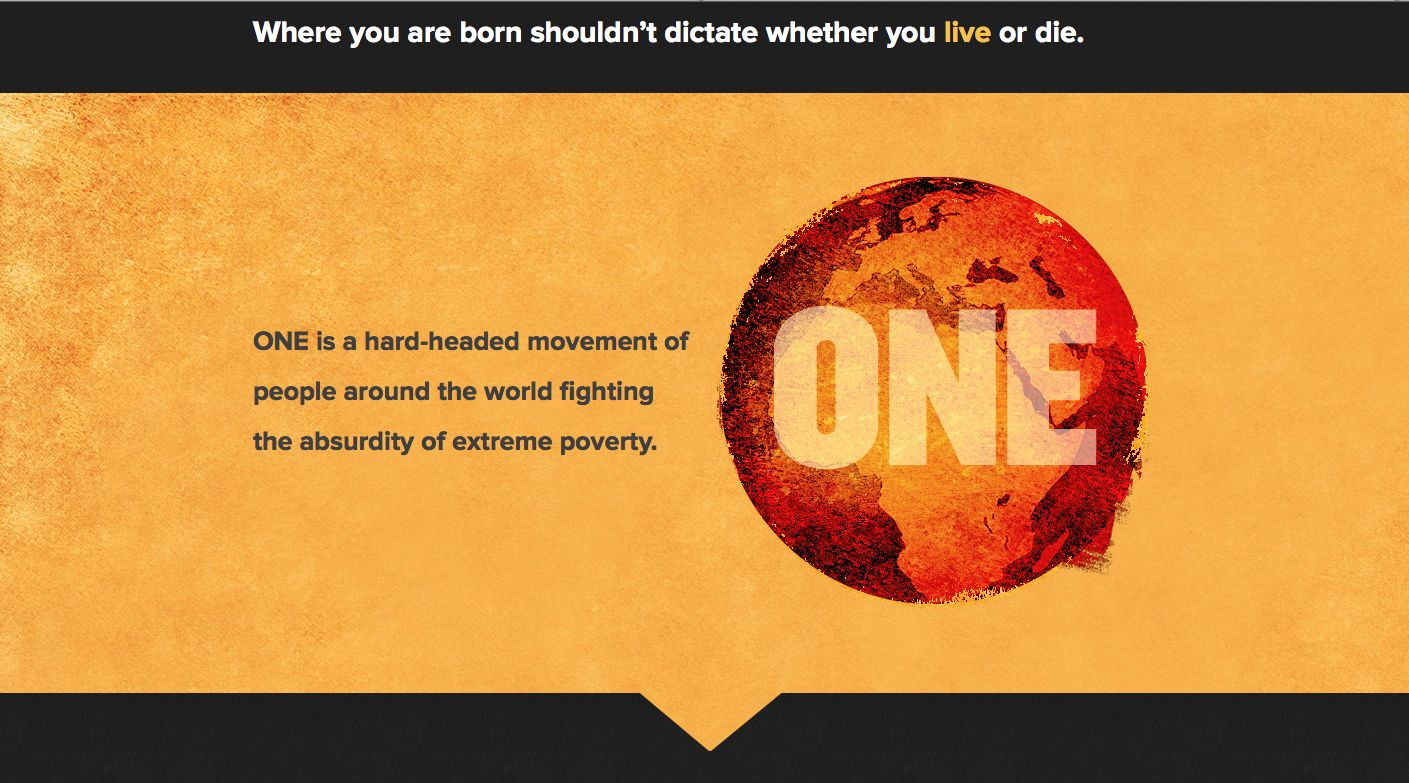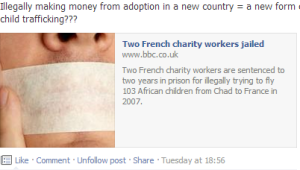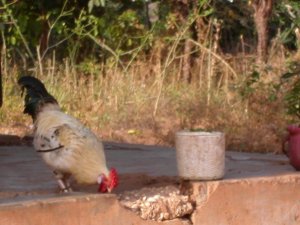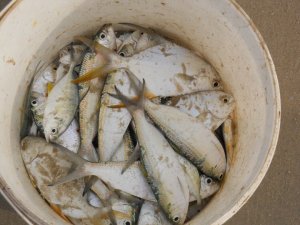We’ve already mentioned that the children will all leave with a vocational skill, or hopefully continue to further education so to be able to provide for themselves during their adults lives.
Initially the children can try whichever one they would like, but in later years we hope that they will concentrate on one or two. Our expectations is that they will leave the centre fully equipped with skills they’ve learnt to find a job or go into tertiary education.
Our current list of vocational skills will depend on the funding we can find for the equipment needed, so far most of these are low-cost skills in terms of fixed assets. There are many more we would like to do as we grow.
Sewing
Lea, our Director’s partner is a skilled seamstress & will be running the courses.
We currently have a donation of one electric sewing machine; considering we are hoping to run the centre on renewable energy sources (predominantly solar) it’s going to be a strain on the supply if we run several of these.
If you have a spare manual machine (we will take electric too) that you’d like to give to a good home; we would be very happy to hear from you.
Welding
We are aiming to have a welding workshop to train the children for the future.
We suspect that their welding skills as well as the mechanical ones will also be useful in keeping our renewable energy sources going; giving them another area to look for work.
This is part of the founder’s bucket list, to have some children able to move into aviation and together with mechanics, could be useful!
If you know of any tools that are still usable and need a good home, please do get in touch.
Mechanics
Another workshop to master the technicalities of mechanics which will probably run alongside the welding workshop.
There’ll be no shortage of old cars to bring in that will have finally seen the end of their lives. However we do not want the centre to turn into a scrap yard by any stretch of the imagination!
Decent tools may be our downfall; if you know of any that would like to be of use to trafficked children, we’d gladly put them to use!
Cookery
Bread, cakes, patisserie; local cooking, learning foreign dishes the list is endless. However the most important lesson that will be ongoing throughout their courses will be HYGIENE.
In West Africa there are some odd old myths, such as treating cuts with cow dung. Hygiene will be crucial throughout the centre but particularly during these courses.
We hope to buy a gas stove that runs from a bottle to allow them to cook. The gas stove is going to cost about 250€ as well as replenishing our gas supplies both for this workshop & for the centre’s own kitchen.
Farming & animal husbandary
As we will have 5hectares of land, some of it will be put to use as a small holding with chickens, sheep, bees & small crops. You will have seen the A, B, C of farming at CREER as well as the Bees & Honey post.
We have experts who want to give agricultural lessons in classrooms. C.R.E.E.R wants to give as much knowledge to the children as possible so that they can set up alone if this is the path they choose to take.
Our initial needs will be in the form of spades, forks, wheelbarrows & material to construct pens as well as seedlings or seeds to start this training. A small tractor would be a dream!
Hairdressing
This is a massive industry in W.Africa as well as many other parts of Africa, plaiting, braiding & inserting extensions.
It will probably be the girls who will want to do this and they will need expert guidance on how to do it effectively so that they might build their own hair salon in the future.
Electricity & Energy
This is quite a large area that can encompass the welding & mechanics fields too. This workshop will ensure they have skills to work safely with electricity and learn about renewable energy. We hope that through our own sustainable energy supply they will learn more skills in solar & possibly wind or water power. Our hope is that they will go onto tertiary education or we find a suitable role for them to work in an apprentice type role on leaving the centre.
Carpentry
Another vocational skill that will be a path for the future.
We will need assistance to buy wood for the children to manipulate it as well as carpentry tools; if you have some that need a new home, please get in touch!
There are many other vocational ideas that are on the horizon. We intend to have the children speaking English as well as French so that they can go into the tourism industry which is growing across West Africa. We already have a variety of organisations ready to take them aged 17 or so for a short work placement.
But we need you to help us realise our dream!





 C is for chickens, we aim to buy a few hens and several dozen chicks, use them for their eggs & meat; if we have excess, we will be able to sell them locally; thereby compensating on other provisions such as rice & flour.
C is for chickens, we aim to buy a few hens and several dozen chicks, use them for their eggs & meat; if we have excess, we will be able to sell them locally; thereby compensating on other provisions such as rice & flour.


You must be logged in to post a comment.